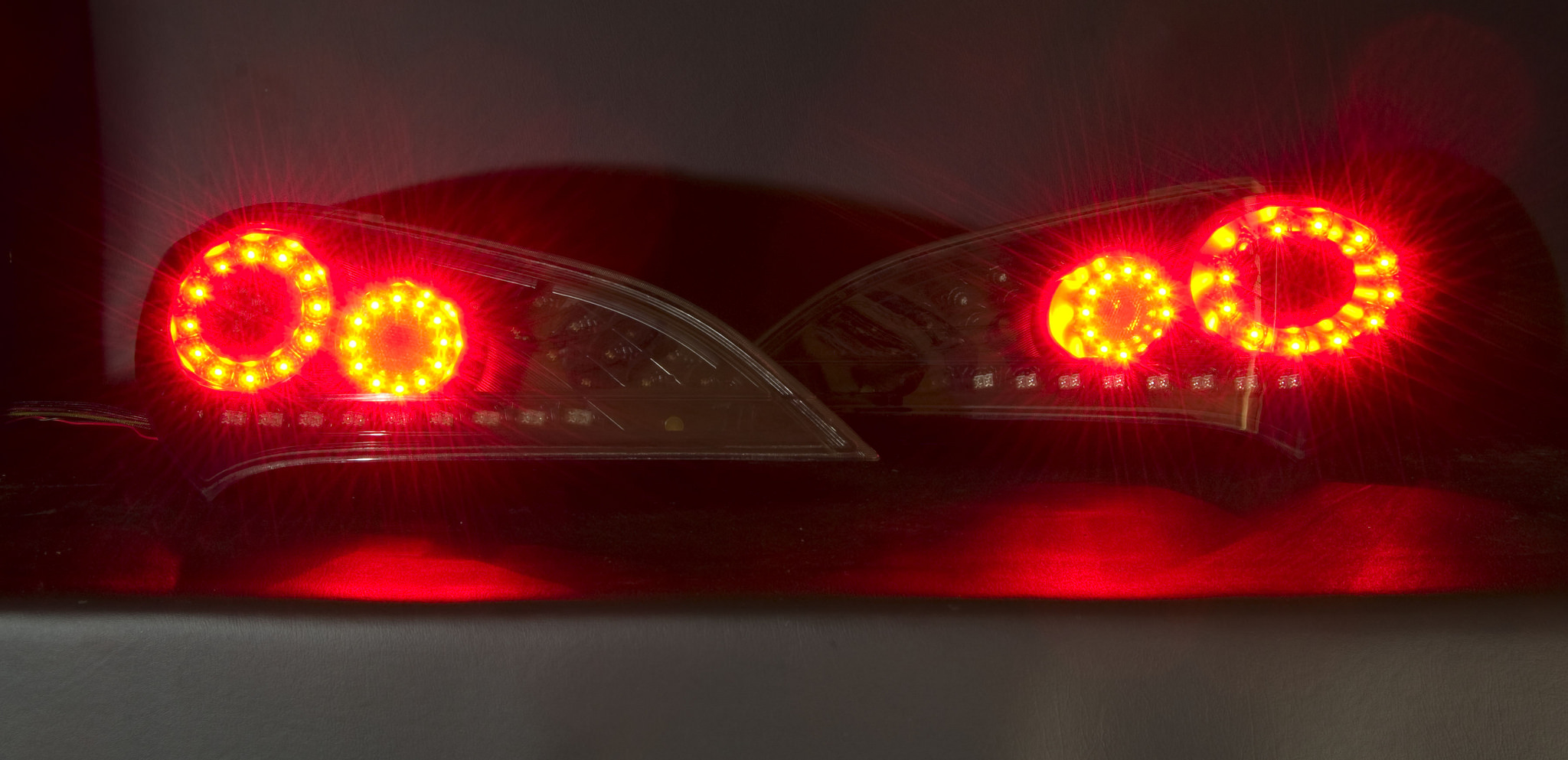When it comes to almost every product, especially wiper blades, expensive doesn’t always mean better quality. Even though we all like to buy products that our friends or family recommend to us, the best way to find out if a product is what you are looking for, is to try it out yourself.
We often forget about wiper blades, even when we clean the car. Only when we end up with dirty windshields, heavy rain or snow blinding our sight that is the time when we wish we changed our wiper blades for better ones. They are a safety feature of the car after all, and we should pay more attention to what kind of product we are buying. Many accidents are the result of poor visibility, caused by low performance of the wiper blades or because we forgot to maintain them and clean them every once in a while. This is the main reason why you should always use quality wiper blades.
Read also: Will Self-Driving Cars Replace Human Error?
What kind of wiper blades you should be looking for?
If you have already tried a lot of products and you are not satisfied with any of them, you must be dealing with wiper blades that lose their performance in a short time. This way you are not only losing your money by changing the product too often, but it can also damage your windshield in the long run. However, the most important – having blades that are not performing well can be very dangerous.
Life of Windshield Blades
Whatever blades you buy for the windshield of your car, they will all work great at the beginning. Many expensive wiper blades will provide excellent performance, but after only a few months of regular use, there is a possibility that they will degrade, almost fast as cheaper ones. Wiper blades that lose their performance quick enough will first start leaving lines of water behind, then comes the smearing of the water or missed areas of wiping. This is a sign that you are not dealing with a quality product. However, if you leave the blades dirty or you don’t clean them good every once in a while, it will cause the wiper blades to wear out quickly. Also make sure you keep your windshield clean, preventing the blades from having to run over a rough surface and wear out soon enough.
When it comes to wiper blades, the goal is to find ones that will perform with quality but for a long period of time. However, it doesn’t mean that you should overuse them. It is recommended to change your wiper blades at least once a year, preferably twice – maybe at the beginning of the winter and then again for the summer.
Value worth it
If you can’t decide between a few wiper blades, take the one that you think you can rely on. Wiper blades that can perform perfectly in harsh conditions are worth every dollar. Dirt and road grime abrades wipers over time and sunlight because the rubber edges to break down faster. You must remember that if the blades scratch your windshield, your insurance will not cover the damage as it is your fault. Therefore, in the end, you will appreciate having the blades that can resist all the harsh weather, especially if they don’t trust easily and give you a safe driving experience.
Read also: How To Shop For A Car With Your Teen Driver
Image source:
Featured image: dupont.com






















